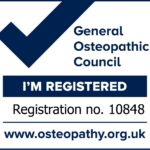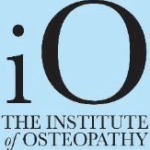What is Cranial Osteopathy?
Cranial Osteopathy is a subtle form of osteopathic treatment. It’s usually used to treat babies and children and involves a gentle manipulation of their head and spine to increase comfort, particularly if they’re having trouble passing wind or are in discomfort when trying to settle.
Why Do Babies Need Cranial Osteopathy?
When a child is born they can often experience trauma where they absorb the stresses of labour. This can lead to many babies being born with odd-shaped heads and some bruising.
Although this normally sorts itself out within the first few days, with the baby’s crying, sucking and yawning, sometimes the process is left incomplete. Your baby may then experience discomfort if not diagnosed it can lead to long-term effects. This is where cranial osteopathy can step in.
The treatment can also be used to help with particularly ‘unsettled’ babies or little ones who have trouble sleeping.
What Does the Treatment Involve?
This form of osteopathic treatment gently encourages the release of stresses throughout the body. There are small fluctuations of movement within the body called involuntary motion, by placing their hands on a child’s body a cranial osteopath can feel a gentle expansion and contraction of all the tissues. When these motions are disturbed, such as in childbirth, cranial osteopathy can make a child feel more comfortable.
Shelia Work, an osteopath at Winchester-based The Natural Practice explains: “Cranial Osteopathy is a very gentle and safe form of osteopathy which uses manual techniques to make subtle and profound changes within the body.
“It is non-invasive and its aim is to re-balance systems of the body to enable them to work effectively.”
What are the Benefits of Cranial Osteopathy?
In babies and children, bones are still pliable and many systems of the body such as the gastrointestinal system are immature and can be influenced by cranial osteopathy.
In addition to babies, cranial osteopathy can also help older children. This is because as a child grows, the effects of retained moulding can lead to other problems. These can include damaging effects on the body’s reserves and the depletion of the immune system, leaving the child more open to infections.




